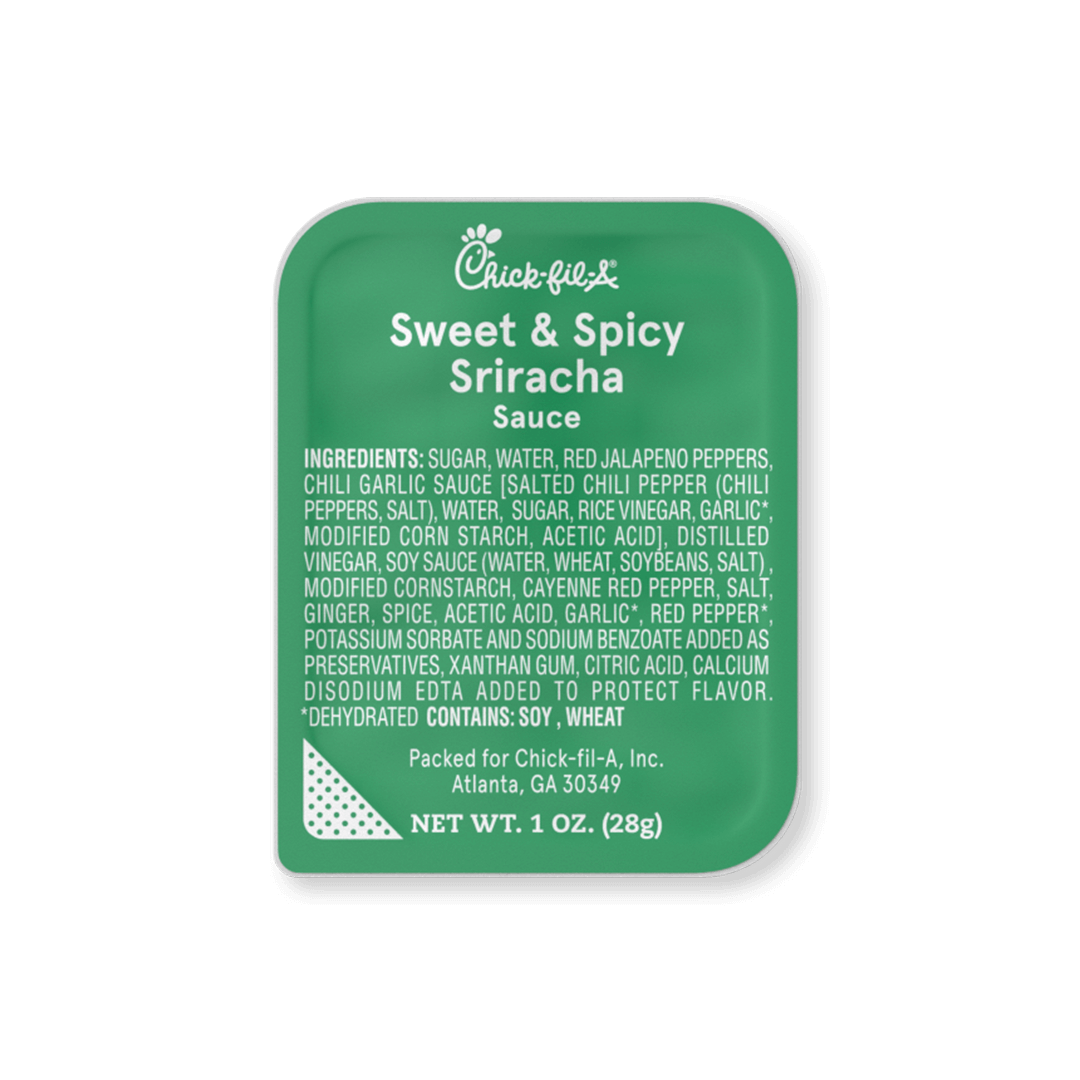Ever wondered just how much protein you’re getting when you bite into those juicy chicken tenders? Whether you’re a fitness enthusiast tracking your macros or just curious about your dinner’s nutritional value, I’ve got all the meaty details for you!
As someone who practically lives on chicken (okay, maybe that’s a slight exaggeration), I’ve done the research so you don’t have to Let’s dive into the protein-packed world of chicken tenderloins
What Exactly Are Chicken Tenders?
Before we get into the numbers, let’s clarify what we’re talking about. Chicken tenderloins (also called chicken tenders or finger strips) are those elongated thin strips of meat that come from underneath the chicken breast. They connect the breast to the keel bone of the chicken.
These tasty strips are often sold separately from whole chicken breasts because they’re so darn desirable. They have a tender texture (hence the name!) and mild flavor that makes them super versatile for all kinds of recipes.
The Protein Powerhouse: Numbers You Need to Know
So how much protein is actually in those chicken tenders? Here’s the breakdown
- 3 ounces (85 grams): 21-25 grams of protein
- 4 ounces (112 grams): 26-29 grams of protein
- 6 ounces (170 grams): Around 42 grams of protein
- 100 grams: Approximately 25 grams of protein
To put this in perspective, most adults need around 50 grams of protein daily. So just one 3-ounce serving of chicken tenderloins gives you nearly HALF of your daily protein needs! That’s pretty impressive for such a small piece of meat.
According to Sanderson Farms, their chicken tenderloins contain a whopping 26 grams of protein per 4-ounce (112g) serving. That’s a lot of muscle-building goodness in a relatively small package!
Chicken Tenders vs. Chicken Breast: Protein Face-Off
I’m often asked whether chicken breasts or tenderloins have more protein. The truth is, they’re pretty similar in terms of protein content.
Both chicken breasts and tenderloins contain approximately 22-25 grams of protein per 3-ounce serving. However, chicken breasts might edge out tenderloins slightly, with some sources citing 26-30 grams of protein for breasts compared to 23-26 grams for tenderloins of the same weight.
The main difference isn’t so much in nutrition but in cooking properties:
- Chicken breasts are thicker and need longer cooking times
- Tenderloins are thinner and cook much quicker
- Tenderloins might be easier to incorporate into quick meals like stir-fries, fajitas, and kebabs
So whether you choose breasts or tenderloins, you’re getting an excellent protein source either way. It really comes down to your cooking preferences and what you’re making.
Other Nutritional Benefits of Chicken Tenderloins
Protein isn’t the only good thing about chicken tenders. Let’s look at the complete nutritional profile for a 4-ounce (112g) serving of chicken tenderloins:
- Calories: Around 110
- Protein: 26 grams
- Total Fat: 0-1 gram (99% fat-free!)
- Saturated Fat: 0 grams
- Trans Fat: 0 grams
- Cholesterol: 75mg
- Sodium: 50mg
- Carbohydrates: 0 grams
- Dietary Fiber: 0 grams
- Sugars: 0-1 gram
As you can see, chicken tenderloins are practically a protein supplement in natural food form! They’re extremely lean with minimal fat and zero carbs. That’s why they’re such a popular choice for athletes, bodybuilders, and anyone on a high-protein diet.
Factors That Can Affect Protein Content
Not all chicken tenders are created equal. Several factors can influence the exact protein content:
-
Size of the tenderloins – Larger, heavier tenderloins naturally contain more total protein than smaller ones.
-
Cooking method – While cooking doesn’t change the amount of protein, it can affect how much meat (and therefore protein) you’re getting in a serving. For example:
- Frying adds calories from oil and breading
- Grilling or baking keeps the focus on lean protein
-
Added ingredients – Pre-marinated, breaded, or processed chicken tenders may have less actual chicken meat per serving, reducing the protein content.
-
Brand differences – Different brands may have slight variations in nutritional content. Always check the label for the most accurate information.
Why Chicken Tender Protein Is Great for Your Health
The high-quality protein in chicken tenderloins offers several important health benefits:
-
Muscle building and repair – The amino acids in chicken protein are used by your body to build and repair muscle tissue, making tenders an excellent post-workout meal.
-
Increased satiety – Protein takes longer to digest than carbs, keeping you feeling full longer. This can help with weight management since you’ll feel satisfied with fewer calories.
-
Energy boost – Your body uses protein as a source of energy, and chicken tenders provide this without the crash you might get from high-carb foods.
-
Complete protein source – Chicken contains all the essential amino acids your body needs but can’t produce on its own.
Best Ways to Prepare Chicken Tenders for Maximum Protein
If you’re eating chicken tenders primarily for the protein boost, here are some prep tips:
-
Grilling, baking, air-frying, or poaching is better than deep-frying, which adds unnecessary calories.
-
Avoid heavy breading which dilutes the protein-to-calorie ratio.
-
Season with herbs, spices, citrus, and vinegars instead of heavy, calorie-dense sauces.
-
Pair with veggies and complex carbs for a balanced meal.
-
Aim for at least 3 ounces per serving to get a substantial protein boost.
Here’s a quick comparison of cooking methods and their effect on a 4oz serving of chicken tenders:
| Cooking Method | Protein Content | Calorie Content |
|---|---|---|
| Grilled/Baked (plain) | ~26g | ~110 calories |
| Air-fried (light spray) | ~26g | ~120-130 calories |
| Breaded & Fried | ~24g | ~250-300 calories |
As you can see, the protein content stays relatively stable, but the calories can vary dramatically depending on preparation method!
Meal Ideas to Maximize Your Chicken Tender Protein
Want some inspiration for your high-protein chicken tender meals? Here are a few ideas:
-
Greek Chicken Pita Sandwich – Tuck grilled tenders into a whole wheat pita with tzatziki, tomatoes, and cucumbers.
-
Grilled Chicken Sliders – Mini sandwiches perfect for portion control while still getting your protein fix.
-
BBQ Chicken Tenders – A classic preparation that’s delicious grilled or baked.
-
Chicken Tender Stir-Fry – Mix with plenty of veggies for a complete meal.
-
Chicken Tender Salad – Top a bed of greens with sliced tenders for a light but protein-rich lunch.
The Bottom Line on Chicken Tender Protein
With approximately 22-26 grams of protein per 3-4 ounce serving, chicken tenderloins are definitely a protein powerhouse. They’re an excellent choice for anyone looking to increase their protein intake while keeping calories, fat, and carbs low.
The versatility, quick cooking time, and mild flavor of chicken tenders make them an easy addition to almost any meal. And with nearly half your daily protein needs in just one serving, they’re hard to beat when it comes to efficient nutrition.
So next time someone asks you “how much protein is in chicken tenders?” you can confidently tell them: “A whole lot!” And then maybe share this article with them too.
What’s your favorite way to prepare chicken tenders? I’m partial to a simple herb marinade and quick grill myself, but I’d love to hear your go-to recipes in the comments!
FAQs About Protein in Chicken Tenders
Q: Are frozen chicken tenders as high in protein as fresh ones?
A: Yes, frozen chicken tenders have essentially the same protein content as fresh ones. Freezing preserves the nutritional value quite well.
Q: Do chicken tenderloins have more protein than other parts of the chicken?
A: By weight, chicken tenderloins have similar protein content to chicken breast. They have more protein than fattier cuts like thighs and wings.
Q: How many chicken tenders should I eat to meet my protein needs?
A: Most adults need about 50g of protein daily. Two 4oz servings of chicken tenders (about 52g protein total) would meet this requirement.
Q: Are restaurant chicken tenders as high in protein?
A: Restaurant chicken tenders often have less protein per serving because they’re heavily breaded and fried. The breading dilutes the protein-to-weight ratio.
Q: Are chicken tenders good for weight loss?
A: Yes! Their high protein content helps you feel full longer, and their low fat and carb content makes them a calorie-efficient food choice.
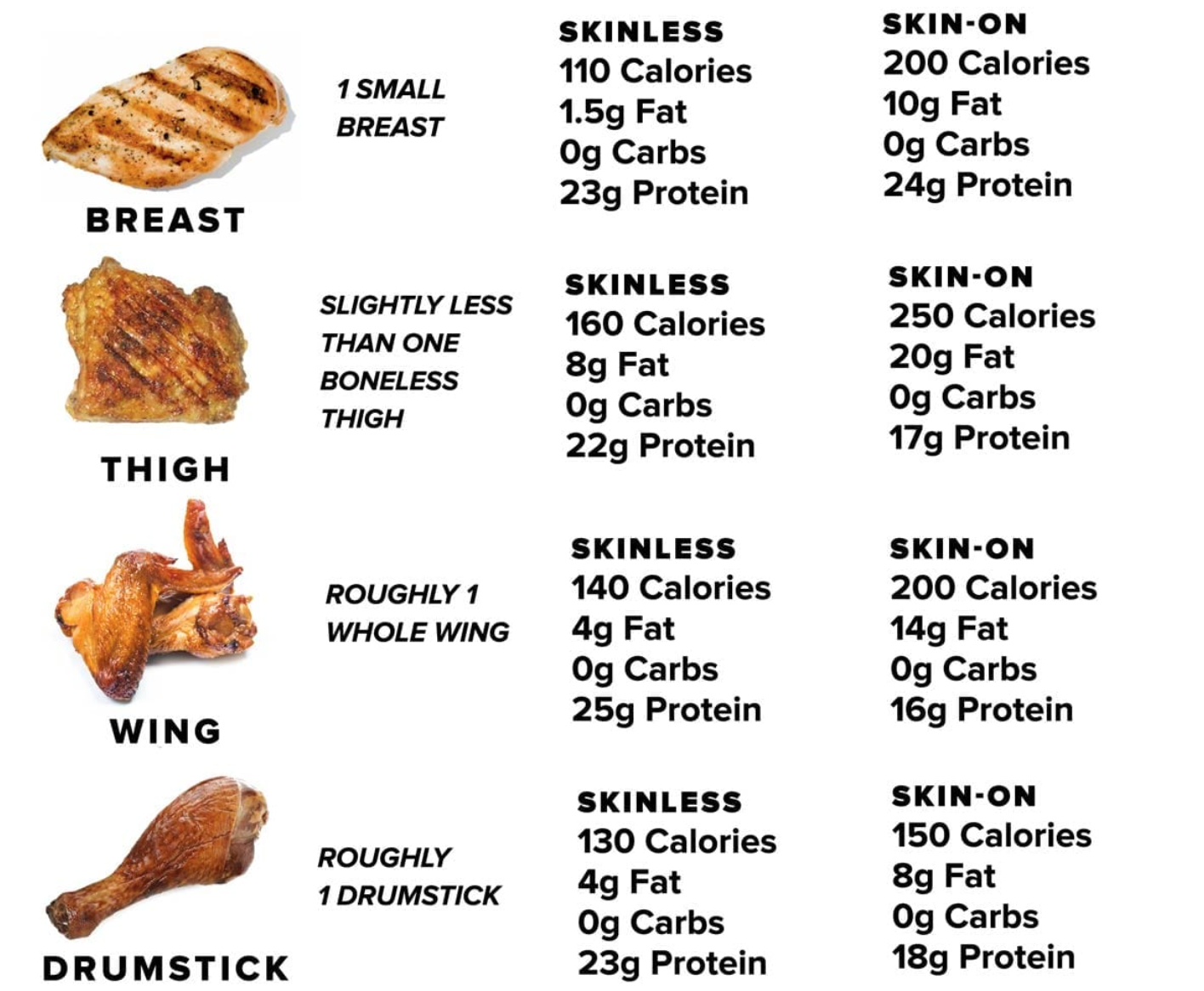
Garden Herb Ranch Sauce
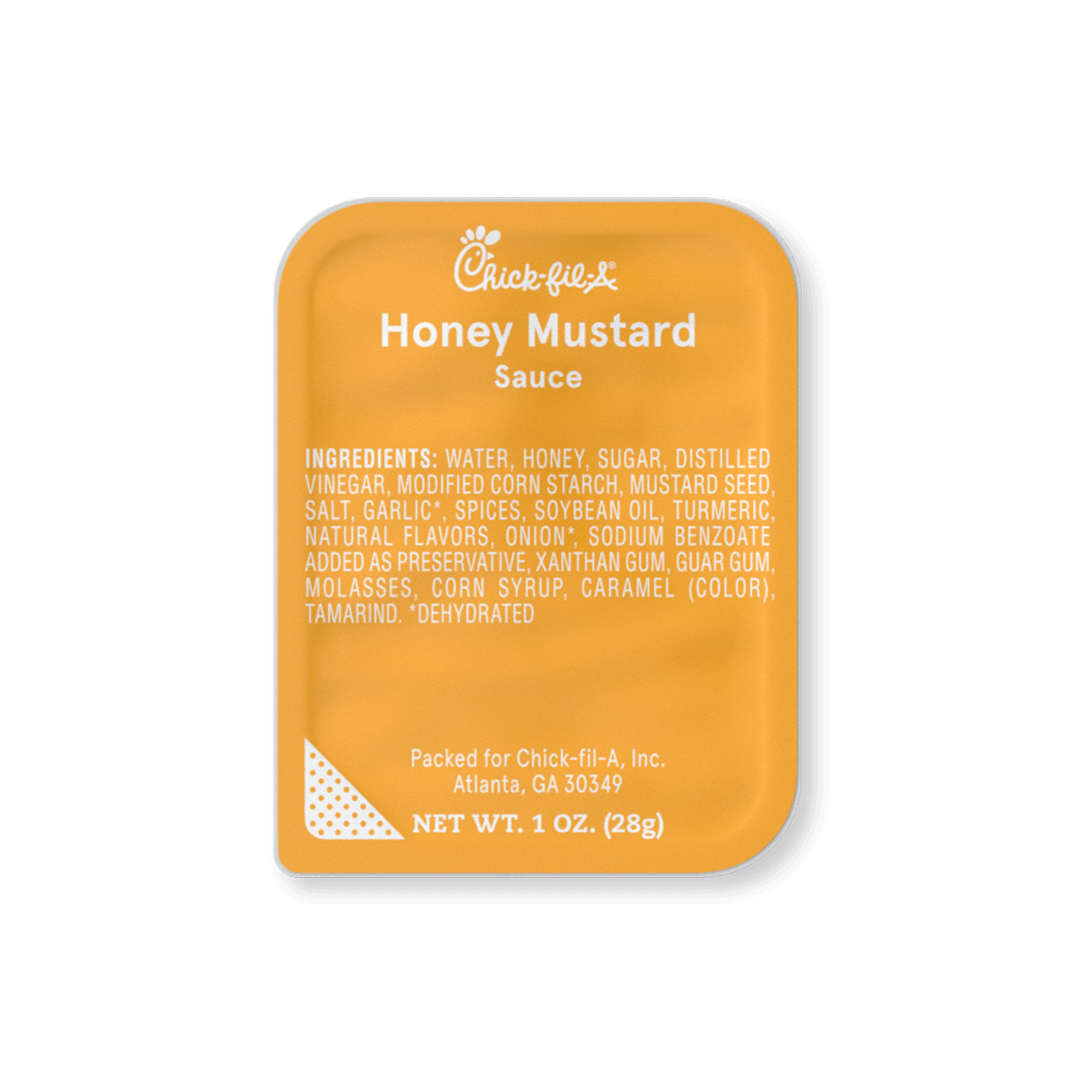
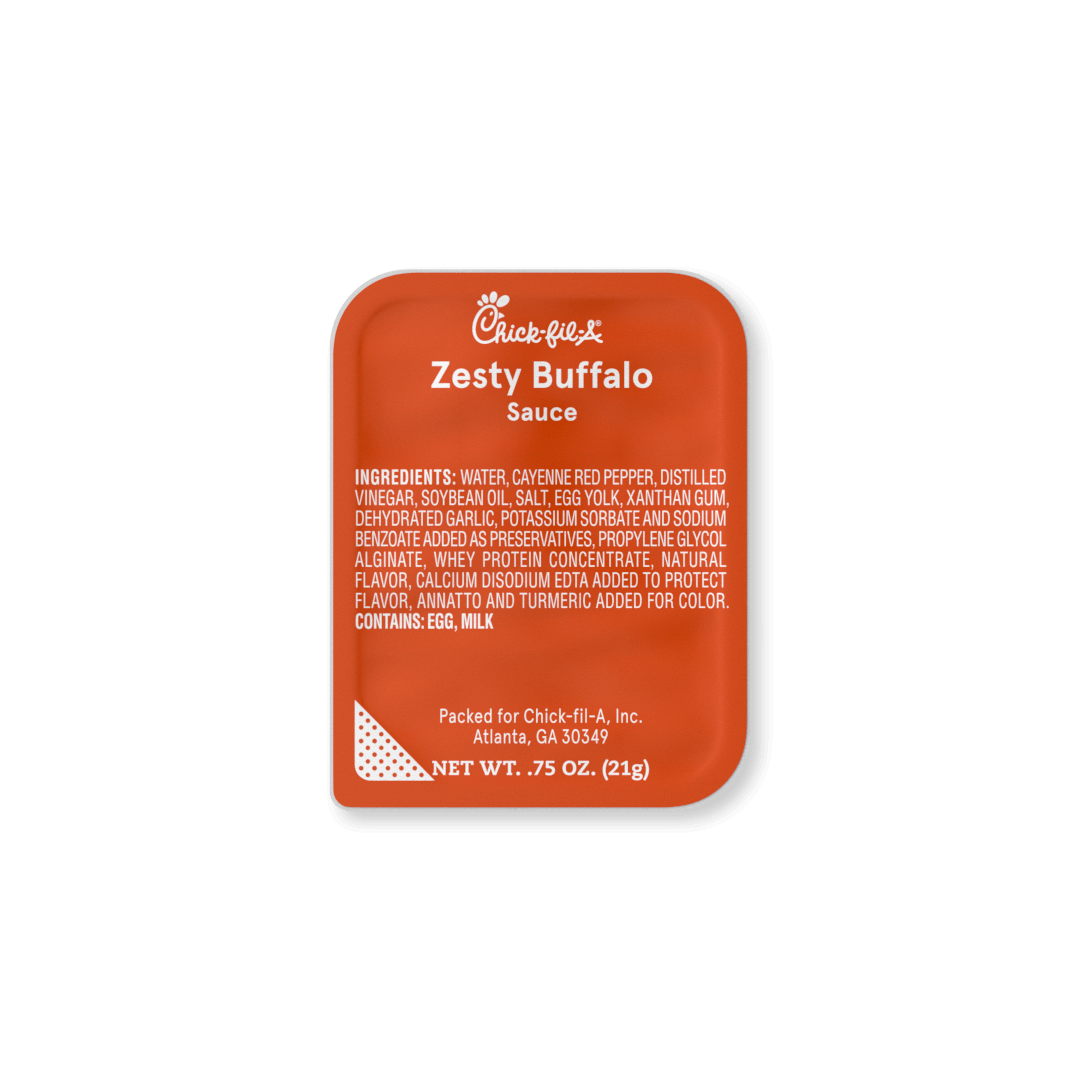
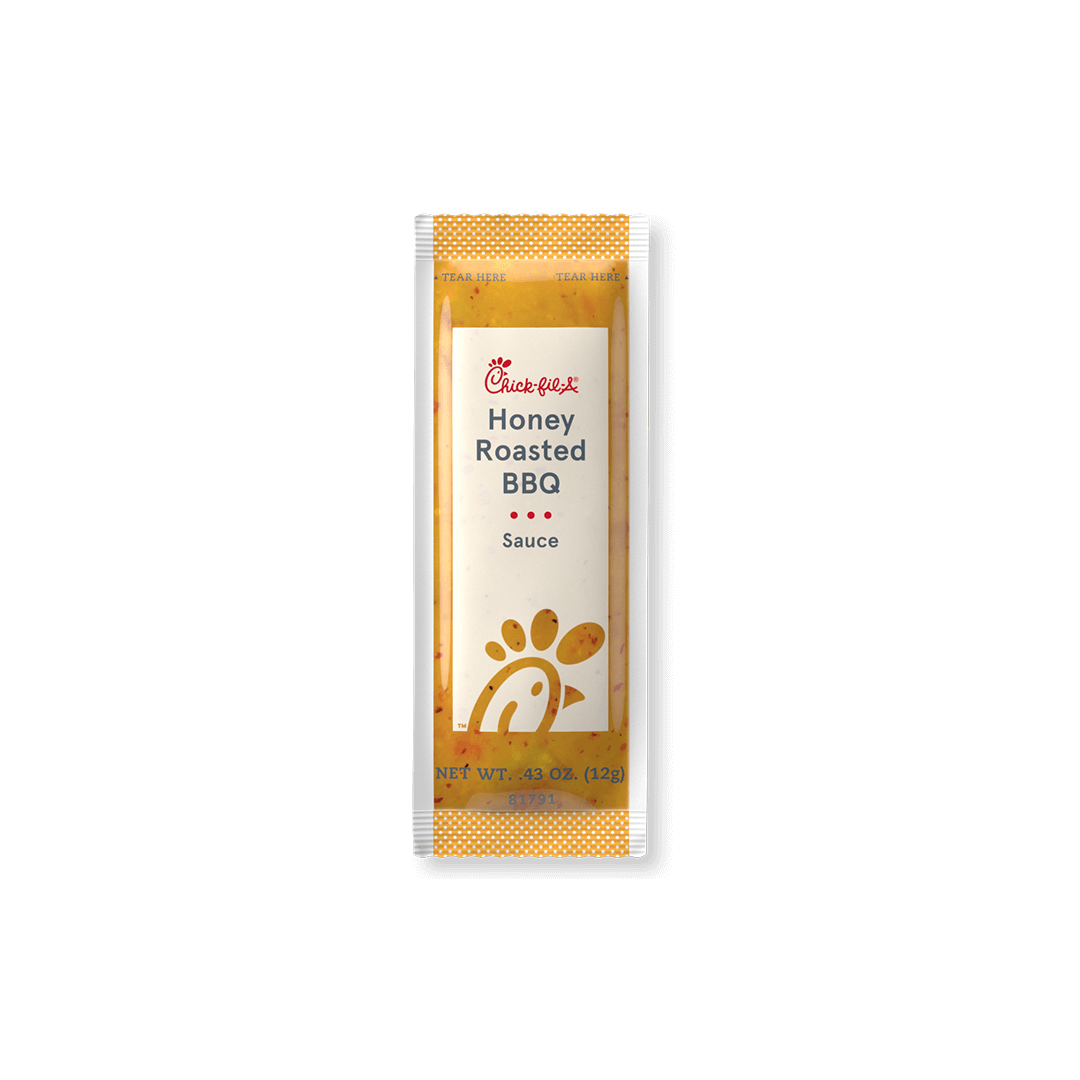
Honey Roasted BBQ Sauce
